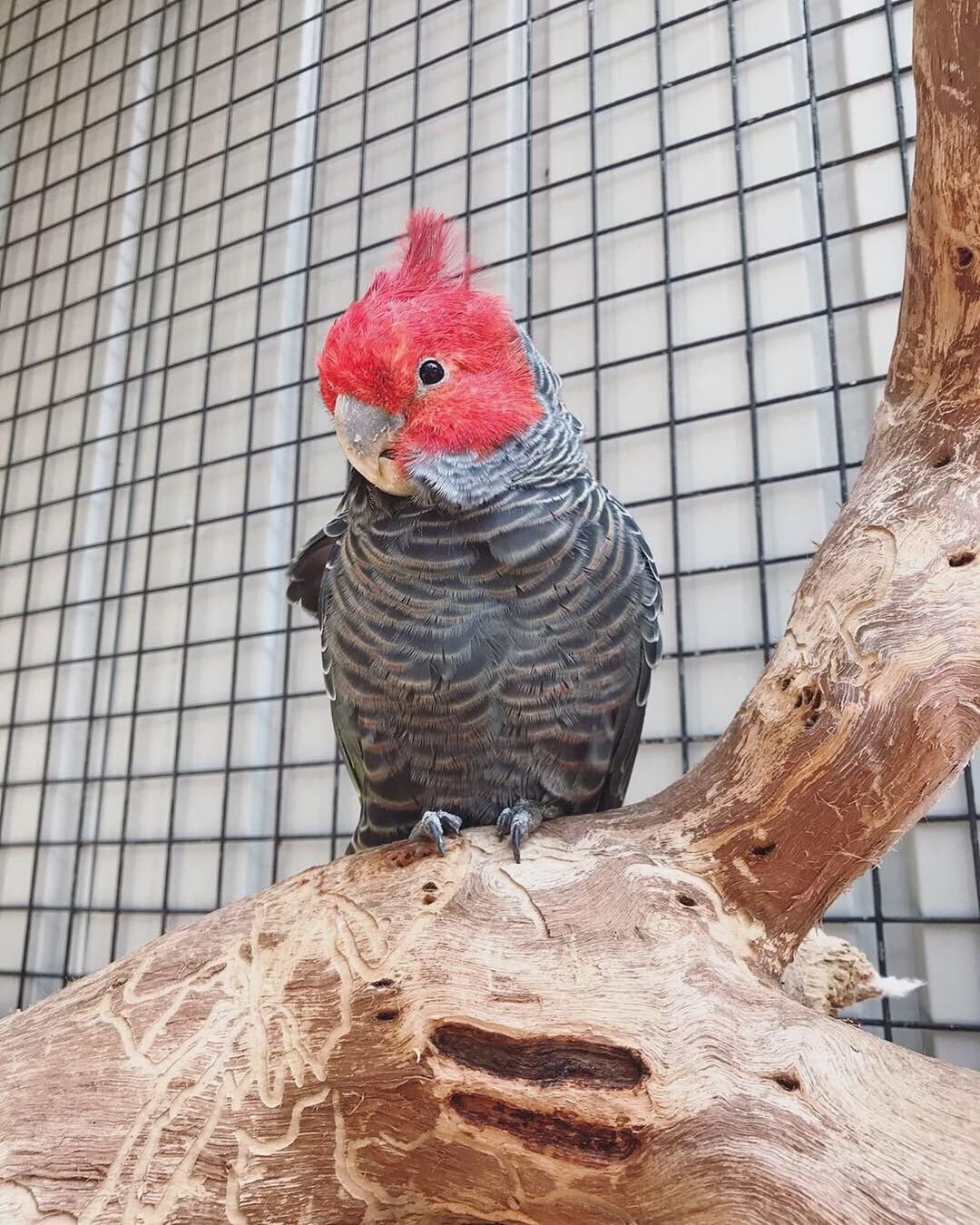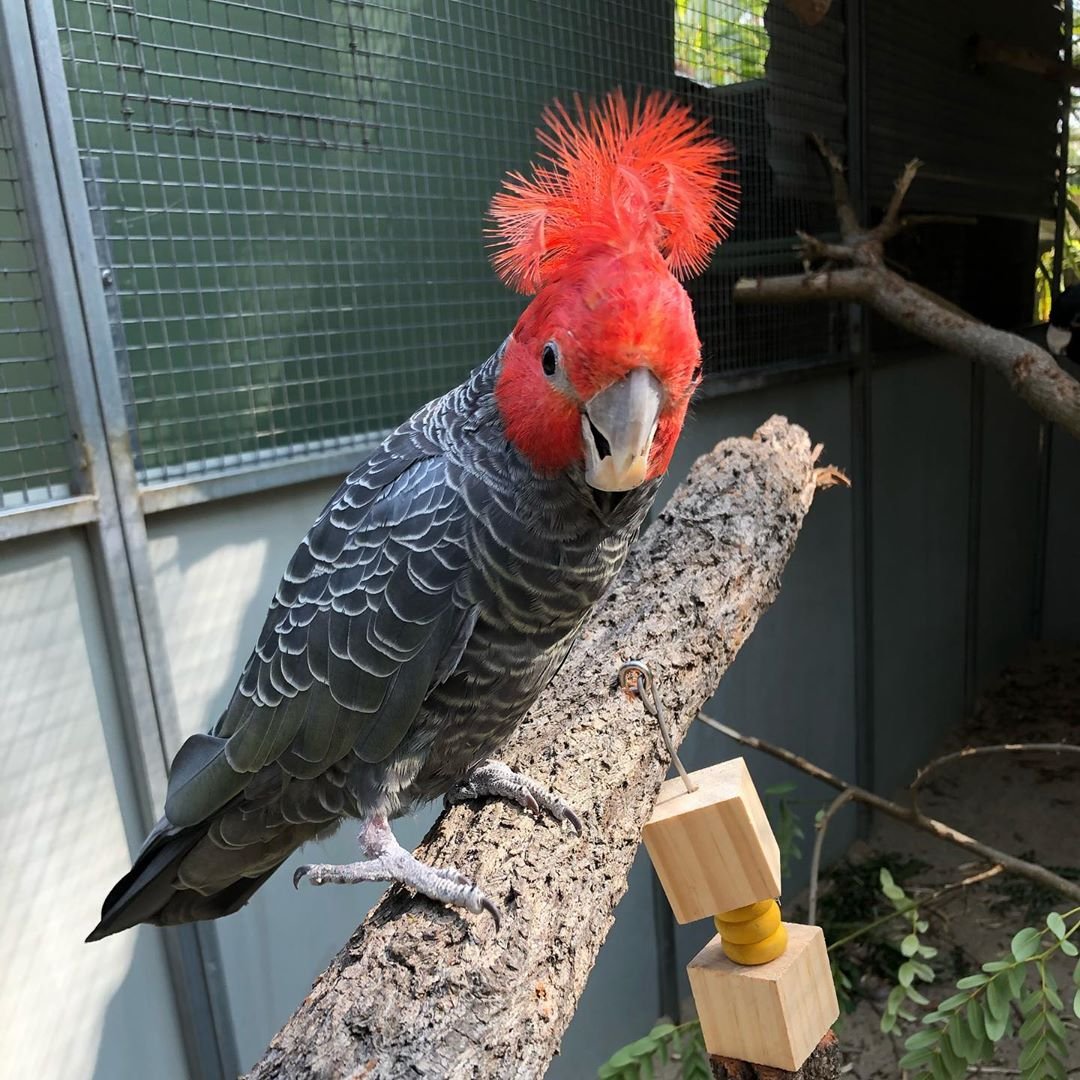Gang Gang Cockatoo parrot
Our adult Gang Gang Cockatoo parrots are hand-raised, well-socialized, and exceptionally tame—making them perfect companions for experienced and new bird owners alike. These striking parrots weigh around 250–300 grams, with a compact body, soft smoky-grey feathers, and (in males) a vibrant red crest that stands out beautifully. Known for their gentle temperament and playful curiosity, they are ideal for both families and collectors. All our parrots are DNA-sexed, vet-checked, and come with full CITES documentation and worldwide shipping.
1,800.00$
Description
Gang Gang Cockatoo Parrots for Sale – Exotic Parrots Home
At Exotic Parrots Home, we proudly offer hand-raised Gang Gang Cockatoo parrots for sale, known for their charming personalities, striking appearance, and gentle temperament. Bred with care and dedication, our Gang Gang Cockatoos are a rare and captivating species that make a unique addition to any avian-loving home.
Rare, Hand-Raised, CITES-Certified Birds with Worldwide Shipping
About the Gang Gang Cockatoo
Native to the cooler forests and woodlands of southeastern Australia, the Gang Gang Cockatoo (Callocephalon fimbriatum) is a lesser-known member of the cockatoo family, admired for its vibrant red-crested head (in males), smoky gray plumage, and raspy, endearing vocalizations. Their unique appearance and calm disposition make them highly desirable among exotic bird enthusiasts and collectors.
Genetics & Breeding Excellence
At Exotic Parrots Home, our Gang Gang Cockatoos are bred from genetically verified and healthy bloodlines, ensuring strong immune systems, excellent temperament, and beautiful coloration. We prioritize ethical breeding practices and hand-raise all our chicks in a nurturing, social environment to promote trust, intelligence, and a well-rounded personality.
International Shipping + CITES Permit Provided
We are fully licensed to ship Gang Gang Cockatoo parrots worldwide, and every bird comes with the required CITES permit to ensure legal, safe, and stress-free export. Whether you’re located in the U.S., Europe, Asia, or the Middle East, we make it easy to welcome your new feathered family member.
More Than Just Gang Gangs – Explore Our Cockatoos
Looking for something else? Exotic Parrots Home also breeds and sells a variety of other cockatoo species, including:
-
Umbrella Cockatoos
-
Moluccan Cockatoos
-
Major Mitchell’s Cockatoos
-
Sulphur-crested Cockatoos
All are DNA-sexed, vet-checked, and hand-raised in our professional aviary with care, love, and expertise.
Why Choose Exotic Parrots Home?
-
Hand-fed, socialized baby parrots
-
Strong genetics and species-accurate traits
-
Full health check & CITES documentation
-
Safe, climate-controlled international shipping
-
Lifetime guidance & support from expert breeders
Bring home the beauty and uniqueness of the Gang Gang Cockatoo—a rare treasure in the avian world. Browse our available birds or contact us today for current availability and pricing. Your dream parrot is only a message away!





Reviews
There are no reviews yet.